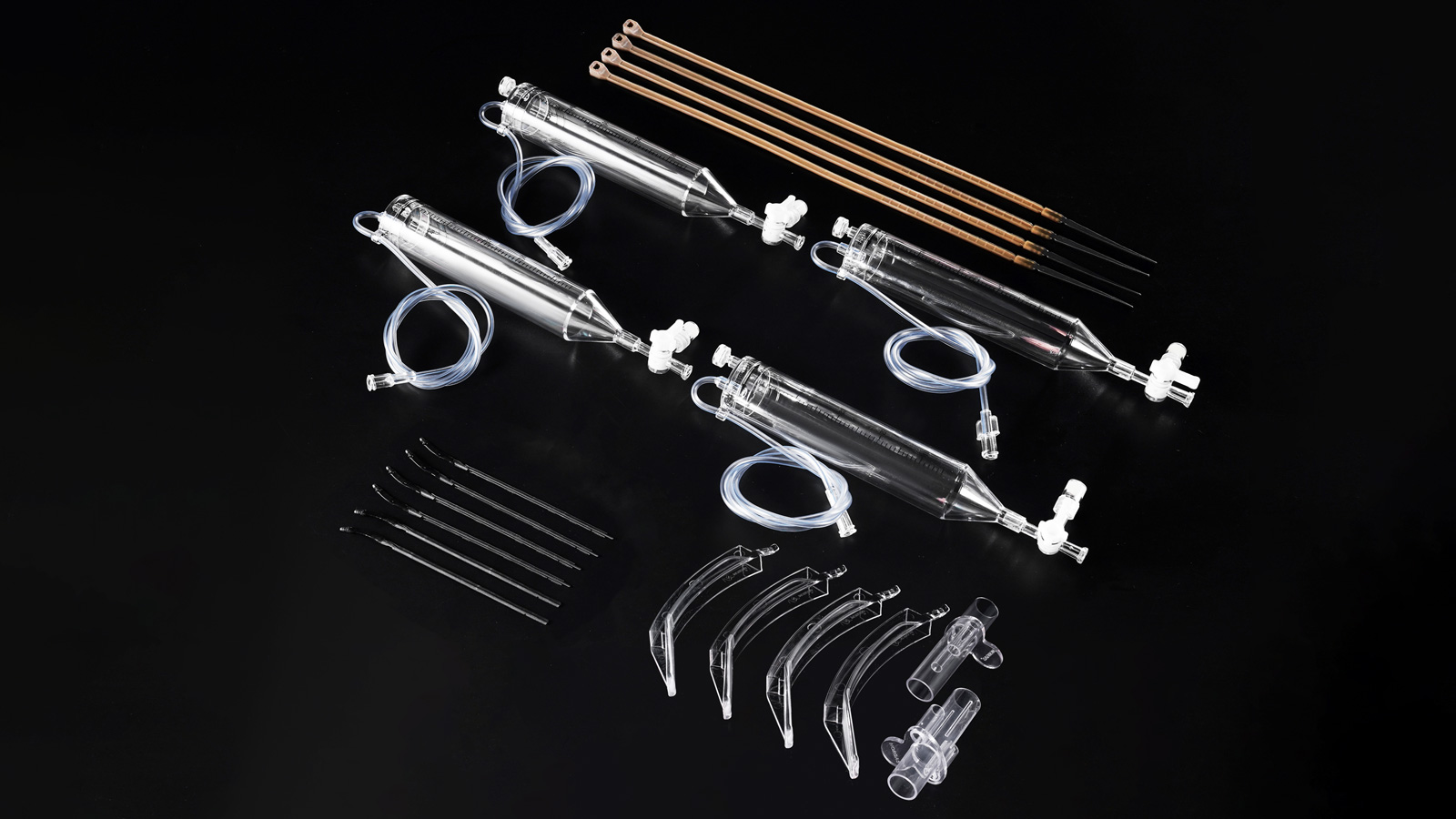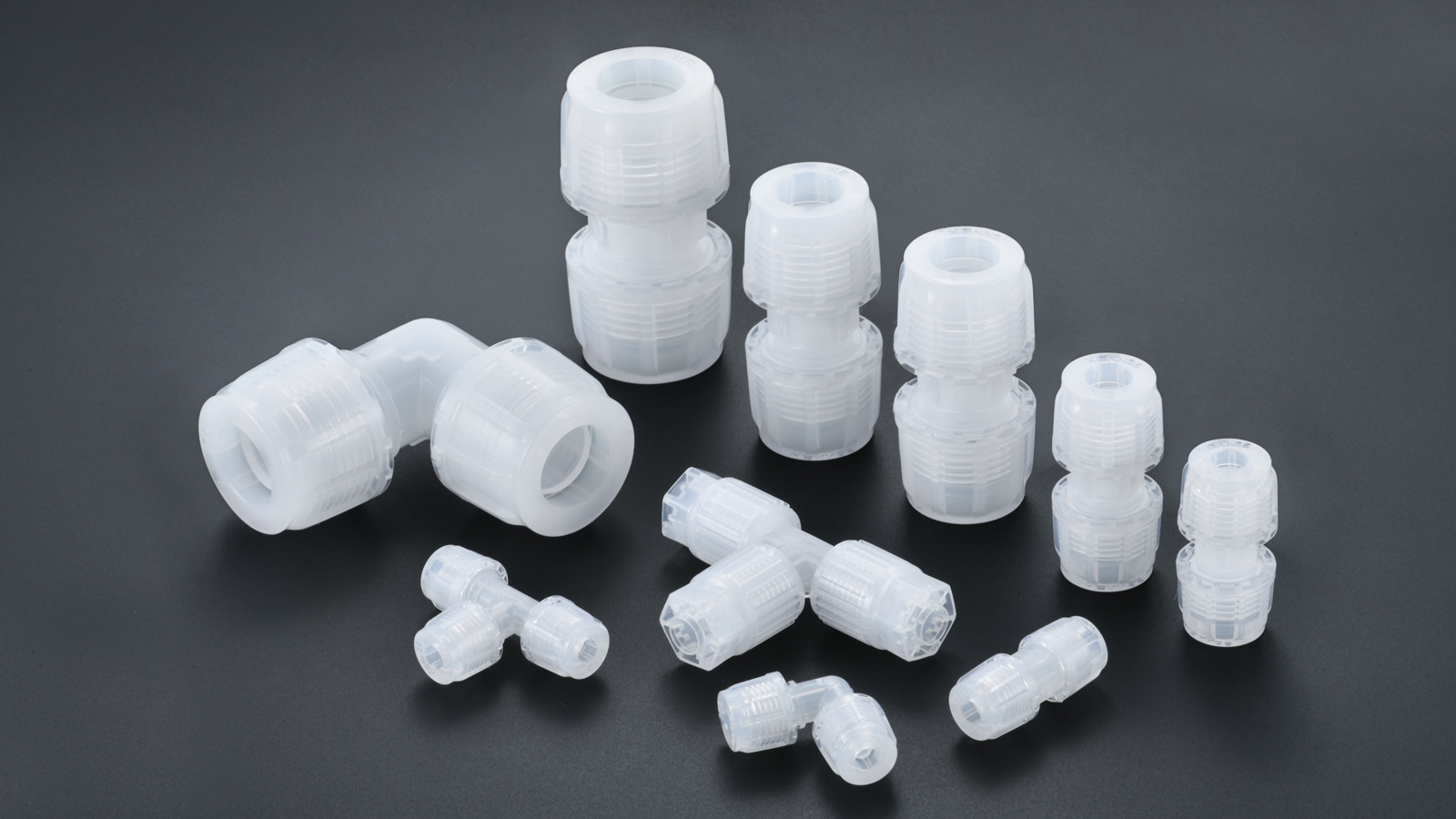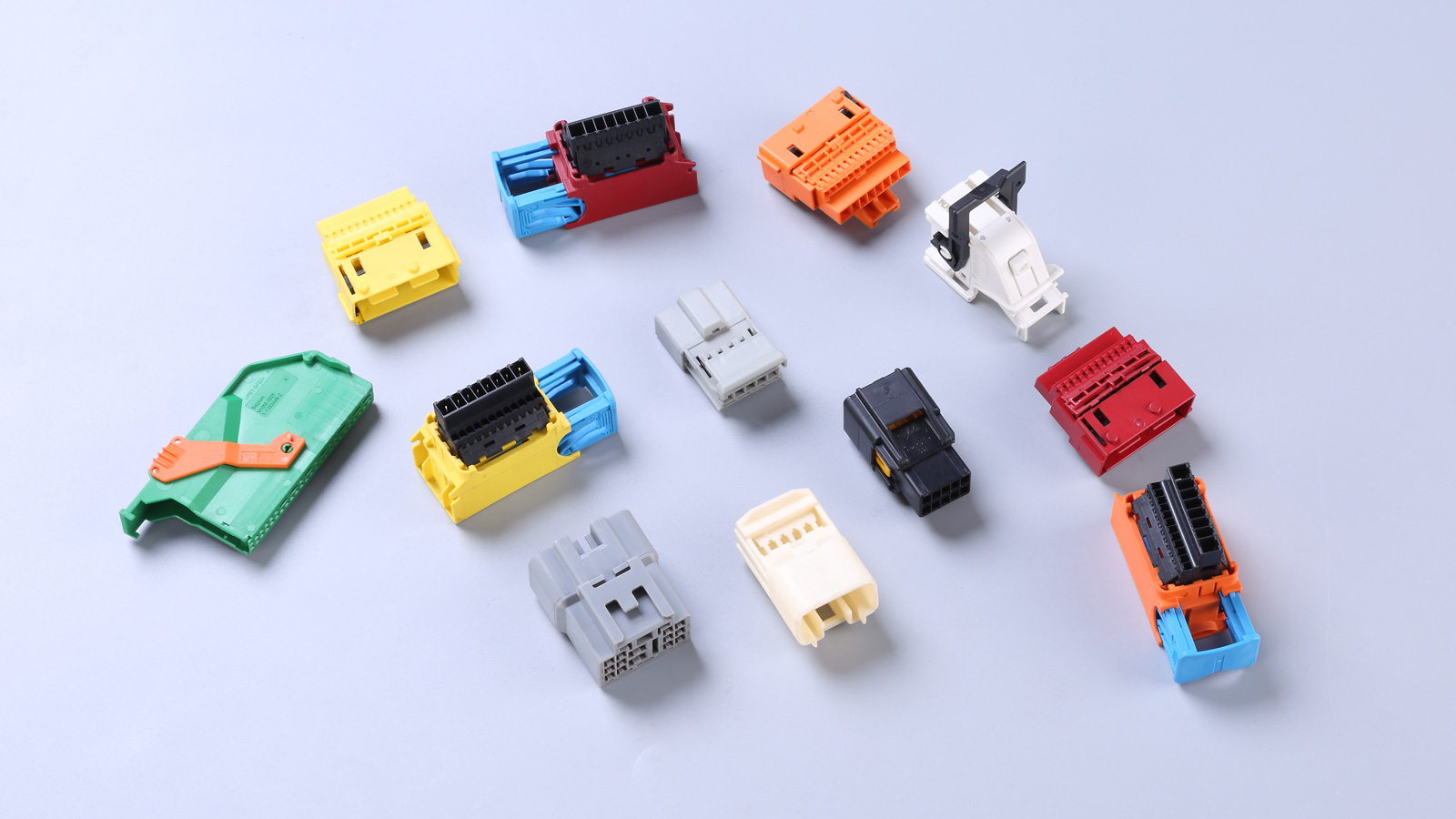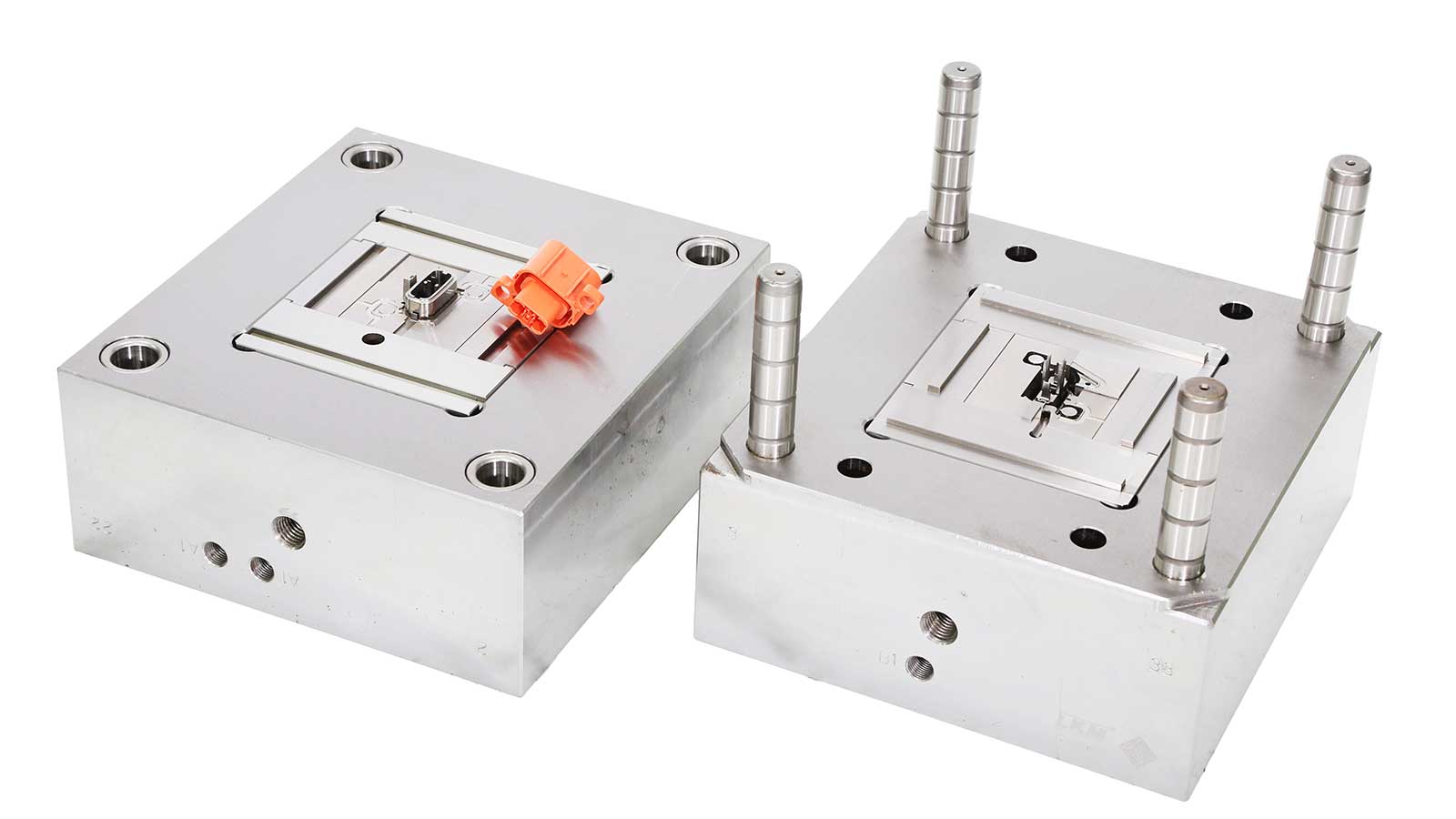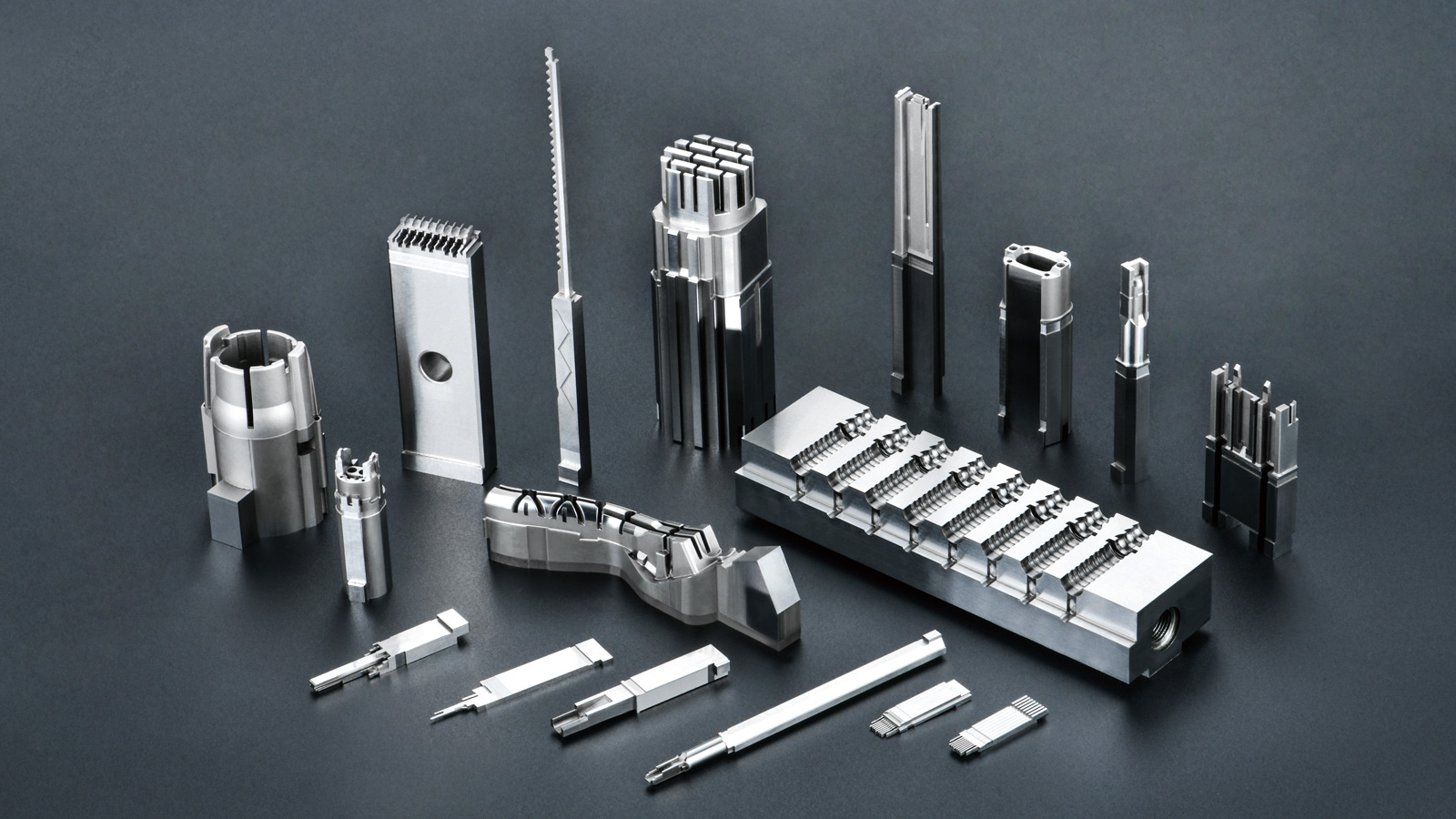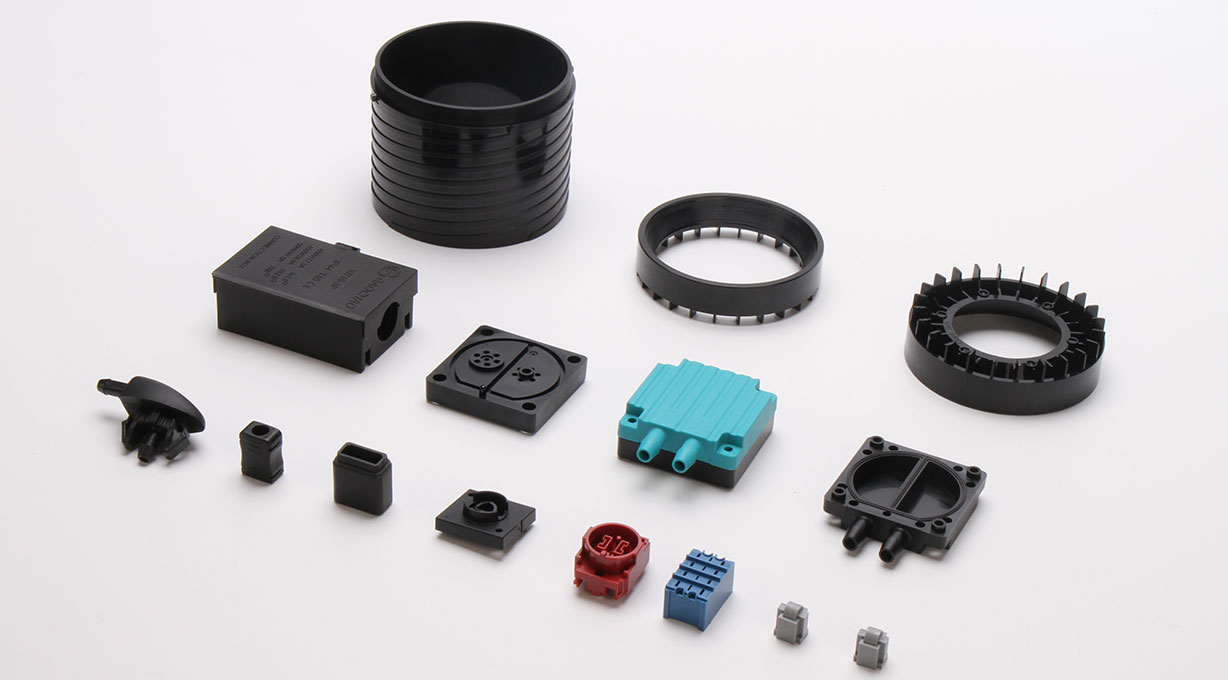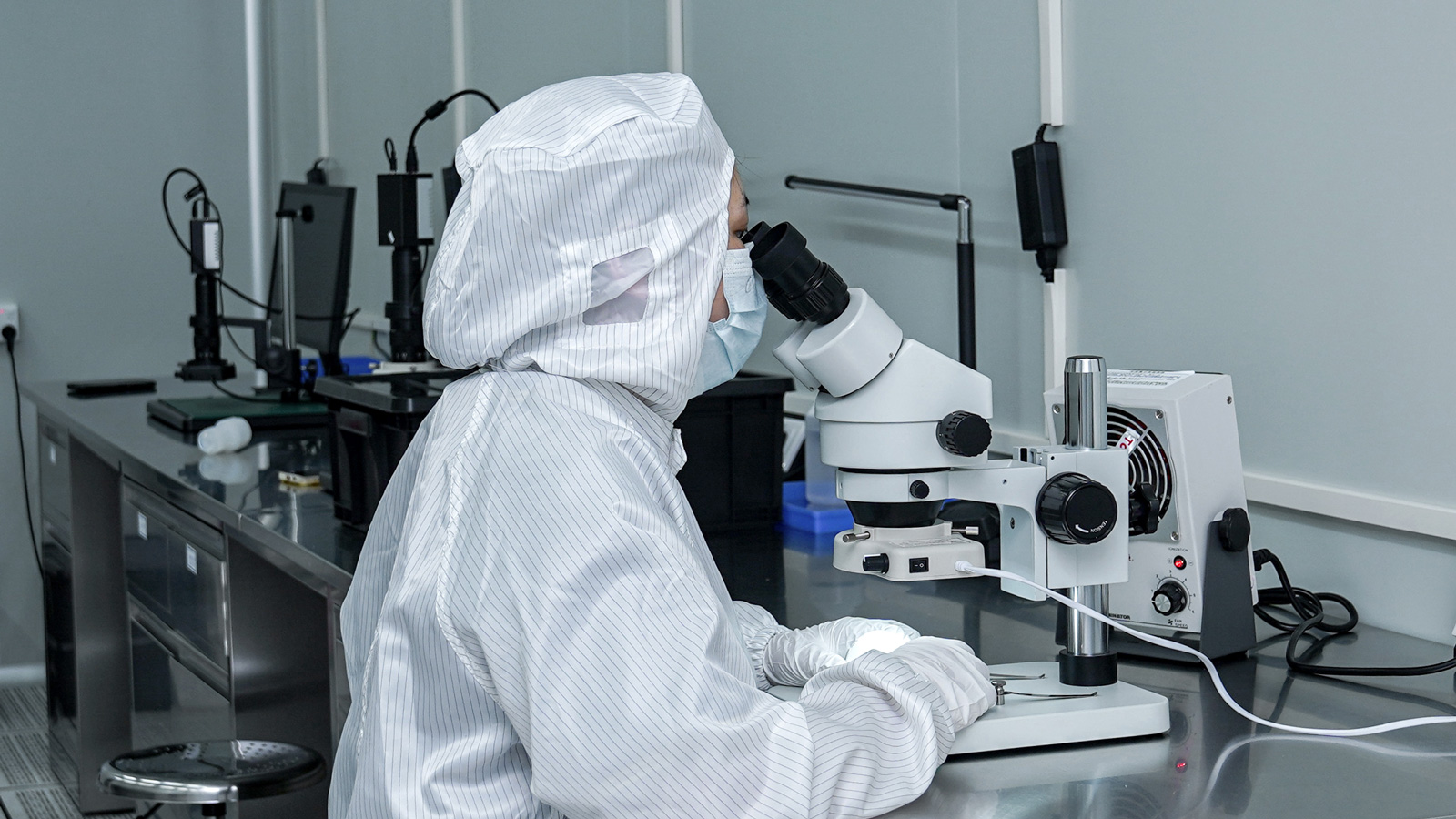Molds are the cornerstone of industrial production and a powerful tool in the processing and manufacturing industry. Different molds are composed of various mold components. By changing the physical and chemical states of the molded materials, they achieve the precise shaping of product shapes, sizes, and functions. In fields such as medical care, electronics, instruments, and meters, the development and manufacturing of molds are of vital importance. Among them, the assembly of precision medical molds is a crucial step in the development and manufacturing of new molds, and thus requires extra attention. The following will provide a detailed introduction to the assembly of precision medical molds.
The Necessity of Assembly
Assembly involves combining precision mold components that have been processed and passed inspection through various processing methods to form a standardized precision medical mold that can be put into production. These components mainly fall into two categories:
- Basic Components: These include mold blanks, mold feet, locating rings, support heads, mold ejector plates, sprue bushings, etc. They serve as the framework of the mold, providing stable support for the overall structure of the mold, ensuring that the mold can withstand various external forces during the production process and maintain precise shape and size.
- Standard Components: These include dowel pins, guide posts, guide bushings, mold ejector pins, straight locks, angled locks, precision locators, screws, push cylinders, sleeve ejector pins, etc. These components act like the joints and nerves of the mold, playing a crucial role in the precise movement and positioning of the mold, ensuring that the mold can complete complex molding actions according to the predetermined procedures and requirements.
Preparations before Assembly
Before officially starting the assembly work, a series of meticulous preparations are essential. First, it is necessary to thoroughly study the technical requirements on the assembly drawings and fully understand the structural characteristics of the mold as well as the functions and interrelationships of each component. Based on this, formulate scientific and reasonable assembly process methods and procedures, and carefully prepare the required special tools.
At the same time, thoroughly clean the components to remove oil stains and other dirt from their surfaces, ensuring that the components are clean and tidy. For moving parts and mating parts, evenly apply a layer of clean lubricating grease to reduce friction and improve the smoothness of assembly. If any burrs are found on the components, they should be trimmed with an appropriate sharpening stone in advance. However, it must be noted that during the trimming process, the components should not be damaged, especially the forming glue positions, sealing glue positions, mirror surfaces, and other key parts of the product, so as not to affect the molding quality of the mold.
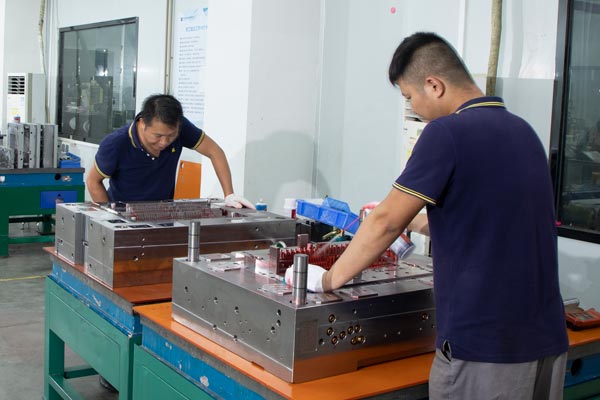
Assembly Process
Component Detection and Pre-treatment
Under appropriate circumstances, components and mold plate water connections need to be tested before being installed in the mold. For components that require modification, timely electromechanical maintenance should be carried out. During the assembly process, the flatness of rotating components can be strictly checked with the help of various processing methods such as turning, milling, grinding, and fitting, so as to promptly eliminate potential damage caused by the inconsistency between the components and the rotation center and ensure the stability and reliability of the mold during operation.
Key Points of Component Assembly
When assembling components, be sure to carefully check the specification marks and installation directions of the components to avoid installation errors that may cause the mold to malfunction. When tightening screws, pay special attention to the length of the screws to prevent them from being too long and hitting the bottom of the threads, causing unnecessary damage. Before placing components, confirm that the water connections have been properly调试ed. Do not conduct water trial runs after the entire mold has been assembled to avoid having to disassemble the mold if problems are found after installation, which increases the workload and cost.
Mold Inspection and Record-keeping
After each mold is assembled, it must be inspected again to ensure that all performance indicators of the mold meet the requirements. At the same time, carefully fill in the engineering acceptance mold assembly records to ensure that there are rules to follow and evidence to refer to, providing detailed and accurate information support for subsequent mold maintenance, repair, and improvement.
In conclusion, every step in the assembly process of precision medical molds is closely related and cannot be ignored. Adhering to the concept of meticulous mold making is the unremitting pursuit of every professional technician. Through diligent thinking, continuous accumulation of practical experience, and learning from lessons, a deep understanding of the structural characteristics and manufacturing process of precision medical molds will help to better complete the mold assembly work, thereby manufacturing high-quality precision medical molds and contributing solid strength to the development of the medical industry.
